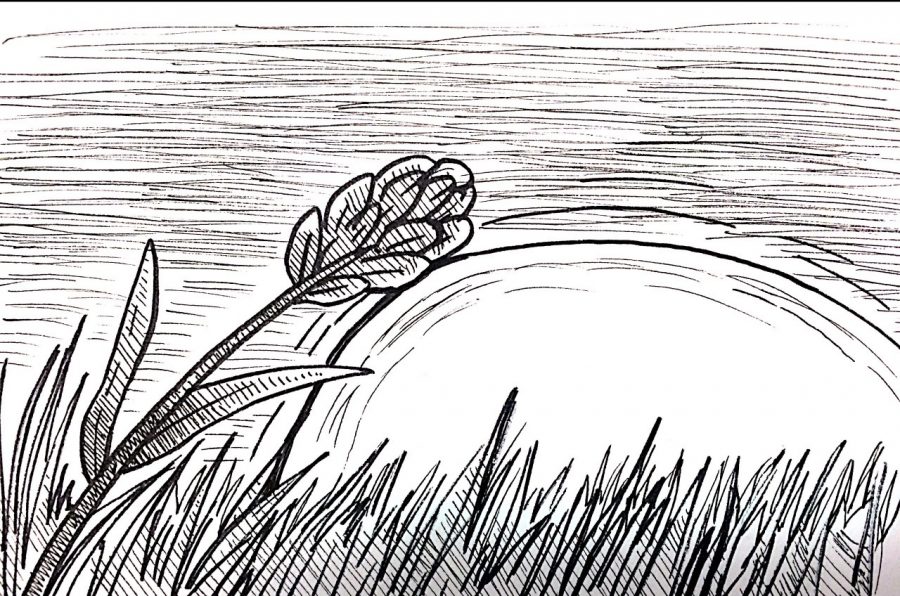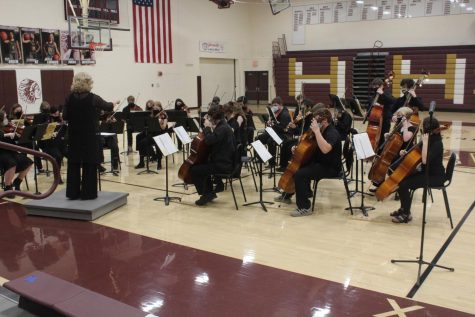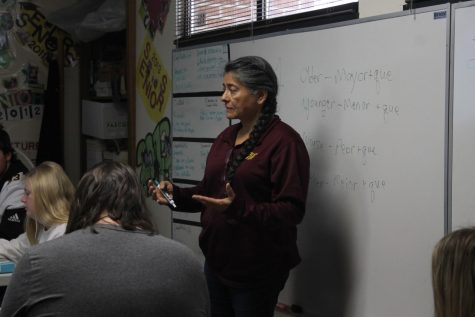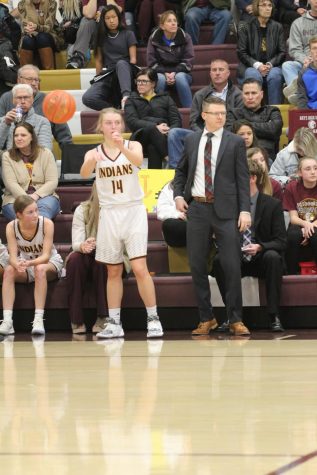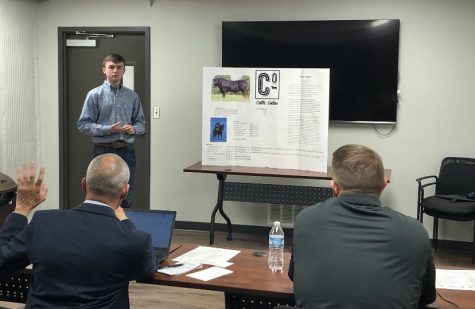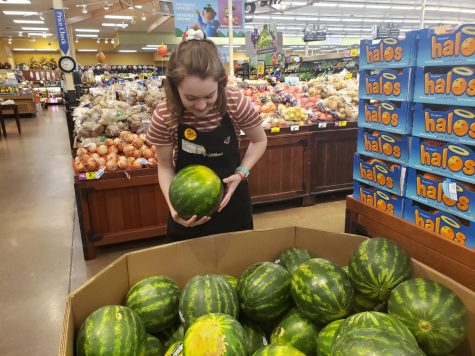Students share thoughts on daylight saving
Some students find that the time change has affected them in a positive way and allowed them to harvest crops in the daylight.
The end of daylight saving occurred on Nov. 6, but students are still adjusting to the hour-jump ahead in time.
Daylight saving time started on March 12, clocks jumping forward to conserve evening daylight. This past Monday clocks returned to central time.
Despite what the popular opinion says, daylight saving was not originally intended to benefit farmers. It was opposed when suggested in 1918 because farmers used the sun as a clock for all harvesting. Daylight savings only became nationally used after years of practice on a municipal level.
“It’s nice to get up and actually see what I’m doing,” sophomore Landon Summers said. “Daylight savings time makes it easier.”
Because of the jump back to central time, Summers said the sun is out by 6 a.m., making it safer to harvest milo with a solar-powered tractor.
Senior Macey Steckel is a hunter in her spare time, and whose grandfather owns a farm. She disagrees with the benefits of daylight saving time.
“I shoot my bow after school and on the weekends.” Steckel said. “I need to get practice in sometime this week, but that’s hard to do when it gets dark by 5 p.m.”
Steckel also said most of her free time is after five, but the darkness makes it limited in what she can do.
“I don’t like how it gets cold either,” Steckel said. “I think it should be daytime when we’re at home, not at school.”
18elee@usd489.cokm

This is Elizabeth Lee and this is her second year in newspaper. She is in orchestra, draws Charlotte and co. and is looking forward to spending her senior...


